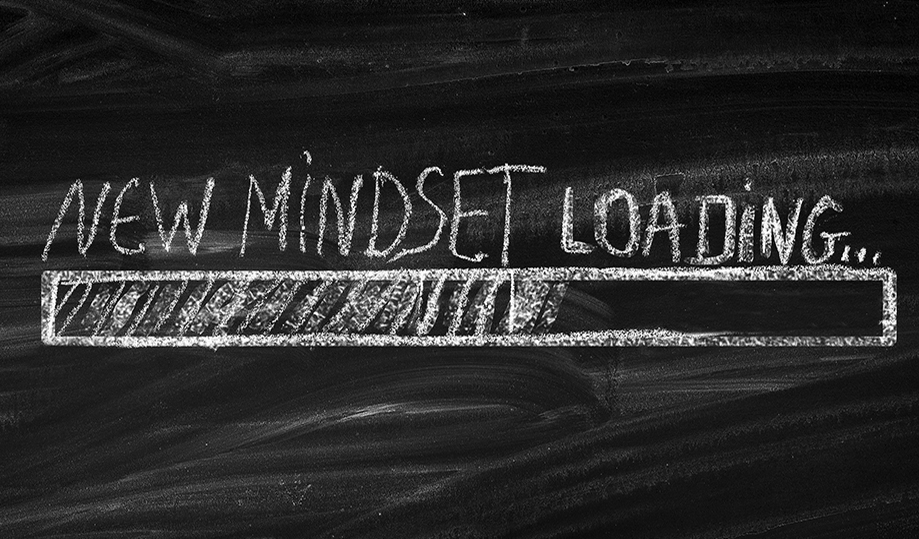Changing your mindset takes work because established habits are not easy to break. This is especially true since many of our most harmful habits and negative mindsets were formed when we were kids. You must understand your WHY to keep you inspired, motivated, and on the proper path to higher performance.
Accept the Fact That You Must Adjust Your Thinking
Your current results are based on your current thinking. According to Earl Nightingale (ncilink.com/EarlNightingale), the strangest secret to success is “we become what we think about.” If you want to achieve better results, you must think better thoughts.
We live in a skillset-driven industry. When you believe more education leads to goal achievement, your primary focus becomes learning new skills and improving existing skills.
People in general are usually on the lookout for that “silver bullet” skillset that makes everything fall into place. Unfortunately, skill development efforts fall way short when the student has a negative mindset.
Improved skillsets – together with the proper toolsets – are critically important to success. But our mindsets need adjustment long before we invest in additional tools and training. Fail to adjust your thinking and you will fail to achieve better results.
Identify Your Most Common Limiting Mindset Beliefs

Mindsets are formed through prior experiences and emotional milestones. Bad experiences lead to limiting beliefs, self-doubt, and a whole host of negative thoughts that get in the way of your future success. Zig Ziglar (ncilink.com/Ziglar) labeled limiting beliefs as “stinking thinking.”
Furthermore, in an article published by the TLEX Institute (ncilink.com/PosThoughts), author Neringa Antanaityte says that up to 60,000 thoughts go through our minds each day. Left unchecked, 80% of them stink. These negative thoughts occur so often that most people are unaware of them. Aware or not, they seriously impact our outcomes.
We all know that little voice in our head that makes you hesitate before changing the way you do things.
What if you try something new and it fails? What if you do nothing new and your business fails?
You must identify your limiting thoughts and find ways to eliminate their impact on your future performance. When you allow limiting beliefs to control your actions, you remain stuck where you are.
Flip the Switch with the “If/Then Approach”
Once you identify your top negative thoughts, you must stop them from holding you hostage. You need a way to “flip the switch.” When you find yourself looking at a situation through a set of negative lenses, flip the switch and discover ways to turn the negatives into positives. It will take time to embrace this way of thinking, but it is well worth it.
From my computer background, I learned an effective method to attack this mindset challenge – the “if/then approach.” When you recognize a negative thought, simply stop to consider the consequences of a negative reaction versus a positive response.
Here is an example: You planned to follow up today on a system renovation proposal. It is late afternoon, and that little voice in your head says, “They haven’t called back so they probably aren’t interested.” To combat your stinking thinking, you immediately apply the if/then approach:
- If I do not follow up, then I do not sell the job.
- If I do not sell the job, then my kids do not eat.
- If I do follow up, then I might sell the job.
Positive thoughts and negative thoughts cannot occupy the same space. Often, just taking one positive step in the right direction is enough to shut those negative thoughts up. Flip the switch!
Click Below for the Next Page:













Recent Comments